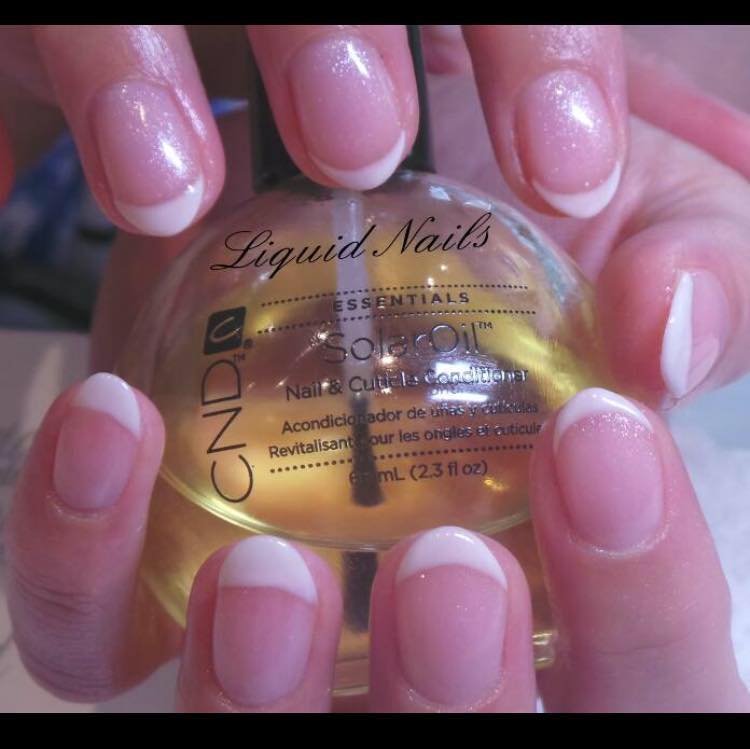
You are far less likely to damage your drywall if you soften the Liquid Nails prior to removal.Peeled paper, gouges, and scrapes can be fixed by properly applying drywall joint compound, sanding, and painting.Your drywall may incur some damage during Liquid Nails removal.By following the process for properly repairing damaged drywall, your patches will be invisible after you apply your primer and paint.
#LIQUID NAIL PATCH#
If the surface paper of the drywall peels free during drywall adhesive removal, patch your wall with joint compound. No matter what method you choose to soften Liquid Nails, there is a chance that there will be some surface damage to your drywall during the removal process. Once the grease stains are gone, you can repaint your wall. To prevent this, spray the wall with a 50/50 mix of vinegar and water, allow it to sit for 3 minutes, then wipe the wall. If your petroleum jelly or baby oil application leaves stains on your drywall, the stains will show through a coat of paint. Use vinegar solution to remove oil stains from drywall.Then scrape the adhesive off your drywall using moderate pressure.

Coat the Liquid Nails with common baby oil and allow it to work for 12 hours. Simple baby oil can be used to soften Liquid Nails for easy removal. You can thus use a heat gun or blow dryer to heat residual construction adhesive without posing a threat to your drywall. Only at temperatures above this point will the water begin to evaporate, increasing the chance of damage to the drywall. The water in gypsum remains in an unevaporated state until temperatures reach 176☏ (80☌). This method is safe to use because drywall is very heat-resistant. These heat tools are safe to use with drywall and will not cause damage to your walls.As the Liquid Nails changes to a putty-like consistency, use a scraper to remove it from your drywall.Use this heat gun or a blow dryer to heat up the dried Liquid Nails.Once it begins to change to a putty-like consistency, use a scraper or putty knife to peel the Liquid Nails from your drywall slowly. Use a construction-grade heat gun or a blow dryer to heat the Liquid Nails. In many cases, heat will return hardened Liquid Nails to a softer consistency. You can get rid of the adhesive and make your walls beautiful again. If you’ve removed paneling or a wall fixture that was secured to drywall with Liquid Nails, you’ll probably be left with a bumpy residue of adhesive that won’t budge. The 5 Best Ways to Remove Liquid Nails from Drywall Before you attack the problem with a scraper or the wrong product, try some other methods. Certain solutions, like acetone, can also discolor certain surfaces. If you attempt to remove dried Liquid Nails from drywall with brute-force measures, such as intense scraping, you increase the chance of damaging your drywall.


This means that if you use the right methods to remove Liquid Nails, the damage will be minimal. Construction adhesives bond to the drywall’s paper surface but will not penetrate any deeper than the surface. Liquid Nails and other construction adhesives won’t irreparably ruin drywall.


 0 kommentar(er)
0 kommentar(er)
